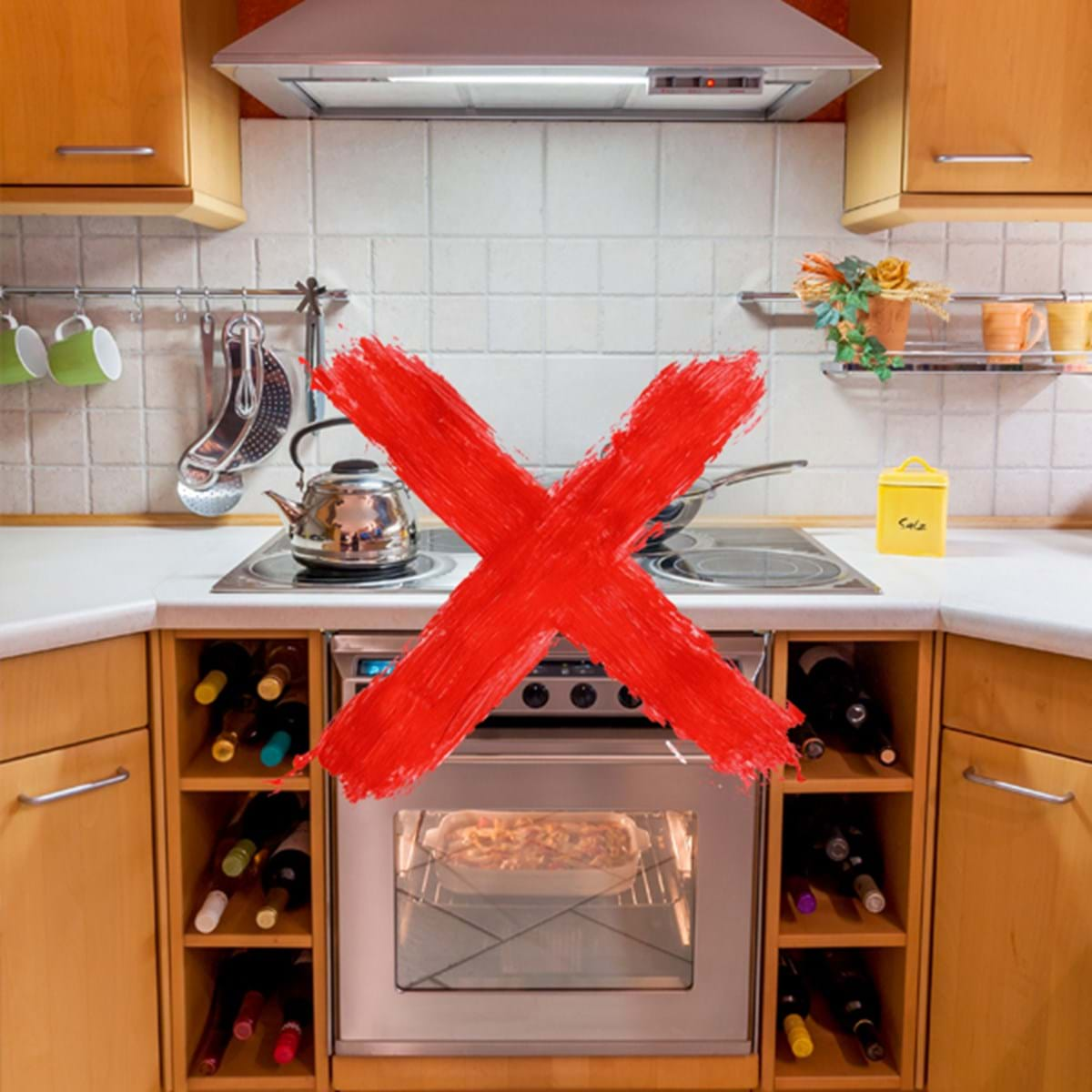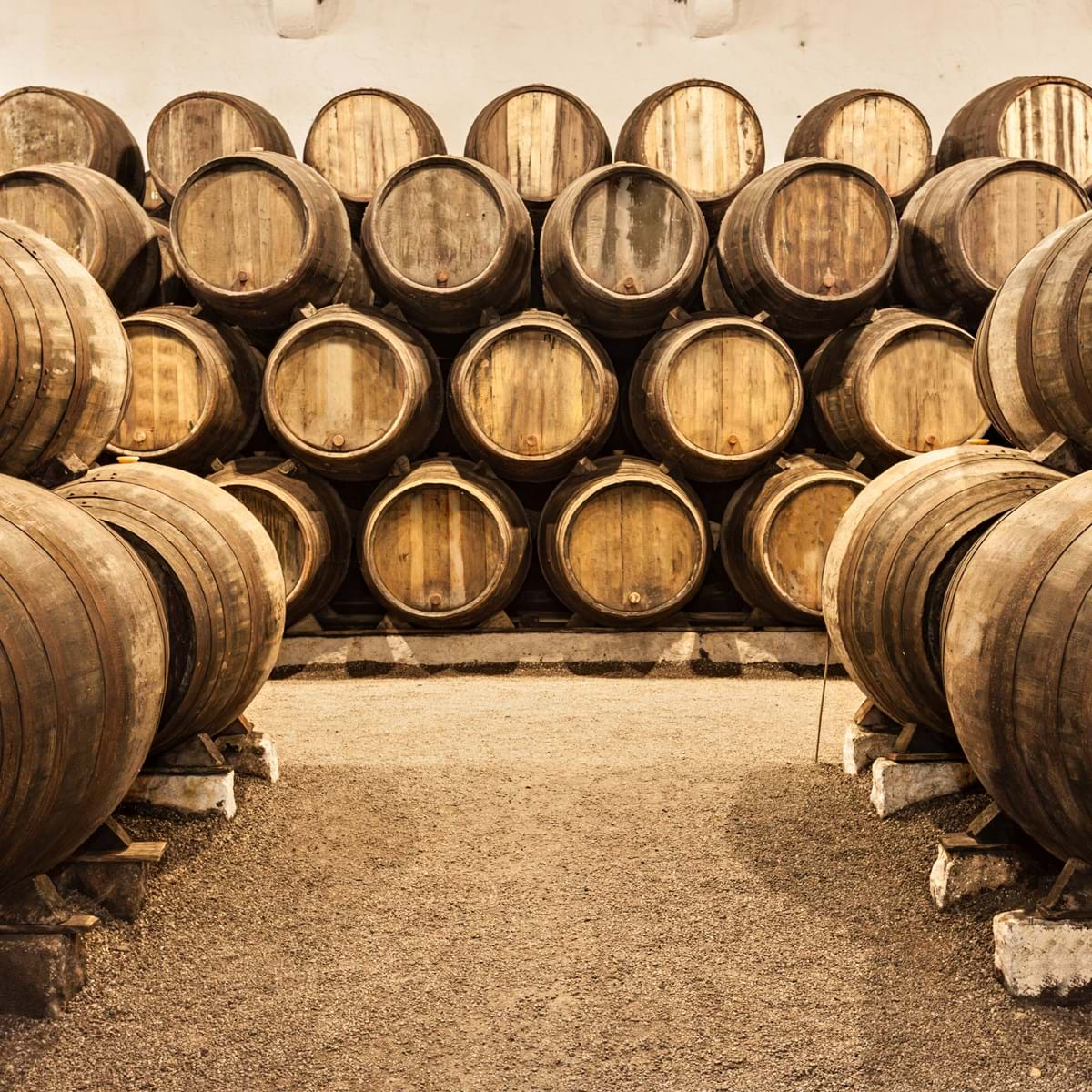How to recognise if your wine has gone bad
Do I like the wine, do I not like the wine? For some of us, finding “fault” in wine is this simple. But if you’re looking to expand your wine knowledge and invest in your wine collection, there a few common wine faults that are worth knowing to avoid suffering through bad wine.

Oxidation
Look out for an orange or red-brown colour, with vinegar and sour notes in white wines or lack of aroma and flavour in red wines.
It’s happened to the best of us: you want a glass of wine on Monday, then it sits on the bench until Friday – and now it smells and tastes sour or flat. Oxidation occurs due to bacteria in the wine, which turns the sugar and alcohol into acetic acid when overexposed to air.
Wines can be excessively oxidised during the winemaking process too, and sometimes show oxidation from the moment you open the bottle. Oxygen is a vital part of the winemaking process as it helps with complexity and character. It’s the key factor in why decanting is effective. But just as your cut apple will discolour if left out, oxidised wines will turn from deep orange to red-brown, and sadly it can’t be saved or reinvigorated so has to go down the sink.
One small tip to extend the life of a wine you’ve opened but don’t want to finish? Seal it as tightly as possible and store it in your fridge. The cool temperature will slow the effects of oxidation, which may give you an extra day but not much more.

Cooked Wine
Look out for wine that tastes like it was exclusively made with dried fruits. You might find jammy or stewed characters in reds, and brown discolouration or nuttiness in whites.
Cooked wine, also referred to as maderised (from the method by which Madeira is made), is the result of excessive heat exposure or ongoing temperature variation. Heat exposure or variation can happen anywhere, from sitting in a hot truck during transit, to sitting near your stove at home. If heat has expanded the air inside the bottle, you may also see some visual cues, like the screw cap is popped up or the cork is partially dislodged.
There aren’t any certain varieties or styles of wine that are more or less susceptible to being “cooked”, but there are ways to avoid it happening in your own home (other than investing in a proper cellar or wine cabinet). Always store your wine out of direct sunlight, and away from appliances like fridges, the oven, or the stove top. Anywhere dark, cool and dry is preferred, but a big part of this comes down to temperature fluctuation. The least amount of varying temperatures, the better.
As to whether you drink it? Again, it won’t cause any harm, but it comes down to how cooked it is, and what your palate can tolerate.

Cork Taint
- also known as TCA (2,4,6-Trichloroanisole)
Look out for some pretty grim aromatic adjectives including dank, mouldy, and wet (like a musty basement or a sodden dog). The wine will also show basically no fruit.
Cork taint is most commonly the result of airborne fungi and bacteria creating a nasty chemical compound called 2,4,6-Trichloroanisole, which contaminates wine as soon as they come into contact with one another. TCA can also be found in oak barrels, so can affect an entire batch.
Cork taint can affect a wine on a wide spectrum: strong taint will be easy to spot but weak taint can really be summarised by a lack of character. If you were promised a multi-layered fruit-forwarded Syrah with great structure but your wine tastes like something you’d drink out of a plastic cup on an aeroplane, this is a sign of cork taint.
As it can’t be caused by your handling, you should reseal the wine and get in touch with where you bought it for a refund or new bottle. However if the taint is mild, many wine drinkers choose to simply finish the bottle and put it down to “today I learned what cork taint looks like”. It’s perfectly safe to drink, even if it’s not the sensory experience you were expecting.

Brettanomyces or 'Brett'
Look for “farm like” aromas described as “horsey” or “barnyard”, which leave you with a metallic aftertaste. When strongly tainted, you may also smell Band-Aids and bandages, and dominate the wine’s more pleasant characters.
Depending on who you ask, the presence of Brett in wine can be both a good and a bad thing. Some incredibly well-known and well-awarded wines, hailing from some of Europe’s most prestigious wine regions, were historically infected with Brett, which is a type of wild yeast that can be hard to control and eradicate from a vineyard once infected.
In small doses, Brett fans argue that it can add depth and texture to a wine, building on its existing character – but this only applies to the styles of wine where you’d look for “texture” in the first instance. Aromatic white wines or lighter style reds are difficult to enjoy, but a more structured red may get away with it. Many wineries now try to avoid it in their wines altogether, so there’s an argument to say whether we’ll eventually see less and less of it in modern wines.

Old Wine
Look out for a faded or brown-hued colour, and a wine that smells dusty or lacks fruit on the nose, and freshness, structure and complexity on the palate.
It’s important first off to state that there is a big difference between older wines and old wine, and knowing how a well-matured wine smells and tastes is a great start to understanding this difference. You may have heard wine characters referred to as “primary” and “secondary” by a winemaker or your most nerdy wine-loving friend, and matured or older wines may express fewer primary characters such as fruit but will still be textural and complex, and interesting to drink. Take aged Bordeaux or Cabernet for example: its colour may have faded and its tannins softened, but its more textural and earthier characters will continue to charm.
In comparison, old wine will show very little of anything at all. With a range of differences in palates and preferences, there are certainly no hard rules around when a wine is too old, but if it seems tired or doesn’t express any of the character you expected, you may have hung onto it for just a little too long.
Volatile Acidity or 'VA'
Look out for a wine that smells as if you could remove your nail polish or dress your salad with it (so that’s acetone or vinegar).
Like Brettanomyces, volatile acidity divides wine drinkers into “sometimes, yes” and “never, no”, because it can be used by winemakers to add particular character to wines. It’s the result of a combination of compounds, mainly ethyl acetate and acetic acid, which are present in all wines but are only viewed as a fault when it reacts with the alcohol to create that unpleasant nail polish remover aroma.
Whether you should drink wines with present VA, it comes down to how dominant it is and how it works with the balance of the wine. For example, in small measures, VA can boost a lighter style red wine with spritzy, fermented fruit aromas. As a category, you’re more likely to find it in natural wines than anywhere else, and this tangy, sometimes sour, element can add great interest when used sparingly. But if this description alone turns you off – then VA-present wines probably aren’t for you!
Don’t forget: professional establishments can suffer flawed wines too. If you ever order a wine by the glass and receive something that just doesn’t smell or taste right, don’t be afraid to ask how long it’s been open or get the staff to check the wine themselves.
(Article in association with Riedel)


